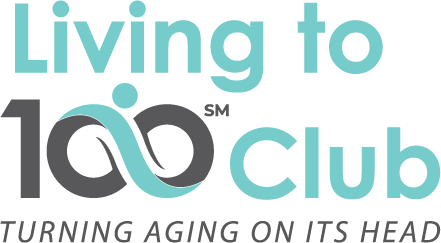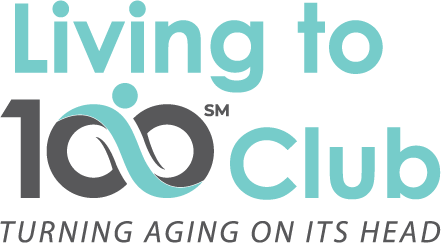“The best time to plant a tree was 20 years ago; the second best time is today.”
What’s that got to do with you reading this?
Advocates for the environment often refer to that idea as in 20 years ago would have been the best time to take action and, it’s never too late to start.
Many health care advocates contend that if you plan to live longer, taking care of our health in early to middle adulthood is the smart move. Especially, if you want to prevent the onset of chronic diseases later on.
Duke University agrees. A recent study from Duke, addresses this very issue. a Dr. Maxwell Elliott and his colleagues highlight “the importance of addressing biological aging in midlife while prevention is possible, and before heavy organ damage has accumulated.”
Age related changes in the body do not happen suddenly when we reach our 60’s, the authors contend. It is a lifelong process. Identifying and treating the diseases of old age should begin by the time people celebrate their 45th birthday, before problems escalate, degrade the quality of life, and impose huge personal and societal costs.” (The original journal article can be found here.)
We all age at our own pace
The Duke study examined data for research started in New Zealand in the 1970’s, on 1,000 babies born in 1972-1973. Ninety % of these now adults are still being followed for health measurements.
The researchers used 19 distinct health factors collected regularly to measure the biological aging process. The advantage of this subject pool is that they were all of the same age and they could be measured over time using these same biomarkers.
The researchers assigned an “aging rate” based on the 19 different biomarkers for organ health.
What they found was that some of the 45-year-olds aged at a rate that was slower than average for their chronological age.
They looked younger (their faces had fewer wrinkles), were sharper mentally, had good cardiovascular health, and walked at a brisk pace.
At the other end of the continuum was a group of 45-year-olds who aged more rapidly; they looked older, showed signs of cognitive decline as measured by IQ scores, reported feeling less healthy, and had more pessimistic attitudes about aging.
The researchers inferred that this “faster aging” group was at risk for developing frailties that could impair their physical independence later on.
What does this mean for you?
These findings suggest that the pace of aging is individual.
There are significant variations in the gradual deterioration that happens to our bodies and organs that underlie biological aging. Presumably, those who are subject to accelerated rates of aging are also subject to earlier onset of age-related disabilities.
Based on these findings, the authors concluded that earlier interventions can possibly slow the speed of aging. In other words, midlife presents opportunities for the “mitigation of age-related diseases.”
Chronological age, therefore, may be less important than a person’s rate of biological aging, or his or her “aging rate.”
So, an early start toward physical health can slow down the aging process. Maintaining a healthy diet, staying physically fit, alcohol in moderation, and other approaches would appear to pay off over the long term. See the Living to 100 Club for more resources.
What if you’re no longer a midlife marvel and 60 is becoming a distant memory?
Remember the trees.
Planting a tree 20 years ago was a smart thing to do, but we can still plant trees today.
It’s never too late.
Dr. Joe Casciani is the owner and Chief Curator for the Living to 100 Club, where we are building a community dedicated to living our best lives and offering inspiration and resources about staying positive and making it over the hurdles.

